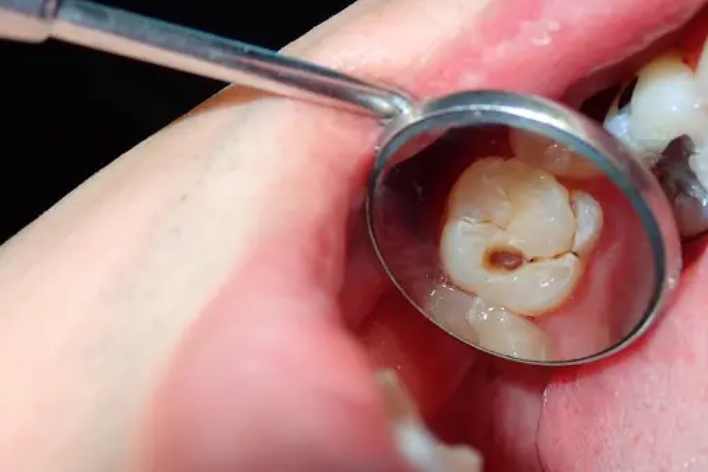How Long Does A Root Canal Take? root canal is an endodontic treatment that prevents tooth pulp from getting infected or decayed by any microorganisms, such as bacteria or fungi, in the dental pulp.
Root canal become a common treatment that dentists perform today. In this article, we will learn how long does a root canal take, the cause of tooth cavities, and signs of tooth decay.
Causes of Tooth Pain from a Cavity:

If you’ve ever had a cavity, you know cavities are incredibly painful. The cause of tooth pain and holes typically occur due to decay or infection and comes down to the root (the nerves in your teeth are located in small canals just beneath their surface).
Dentists usually describe tooth pain caused by cavities as toothache pain, but if left untreated, it will become a full-blown dental emergency that could require surgery.
An authentic way to prevent further damage from cavity-related tooth pain is to immediately see your dentist for professional treatment and advice.
Signs of Tooth Decay:
Tooth decay can start in several ways. The first sign of tooth decay is sensitivity to hot or cold foods and drinks. Other symptoms include swollen gums, chewing or swallowing pain, and bad breath.
You may also see white or brown spots on your teeth (these are called caries lesions) and if left untreated, they will cause cavities.

To prevent tooth decay from occurring, brush twice daily with fluoride toothpaste and floss at least once a day.
Visit your dentist every six months for regular checkups, cleanings, and professional dental exams. Additionally, have nutritious meals throughout the day to keep bacteria from collecting in your mouth.
How Long Does a Root Canal Take?
Most Dentists perform a root canal within 30 minutes. However, if you’re going to be put under general anesthesia, that could add at least an hour to your appointment.
On average, most dental offices will try to complete treatment within one hour of your scheduled appointment time.
It allows patients to return to their daily lives without sitting around for several hours waiting for their procedure.
Also, read Types of Braces











1 comment